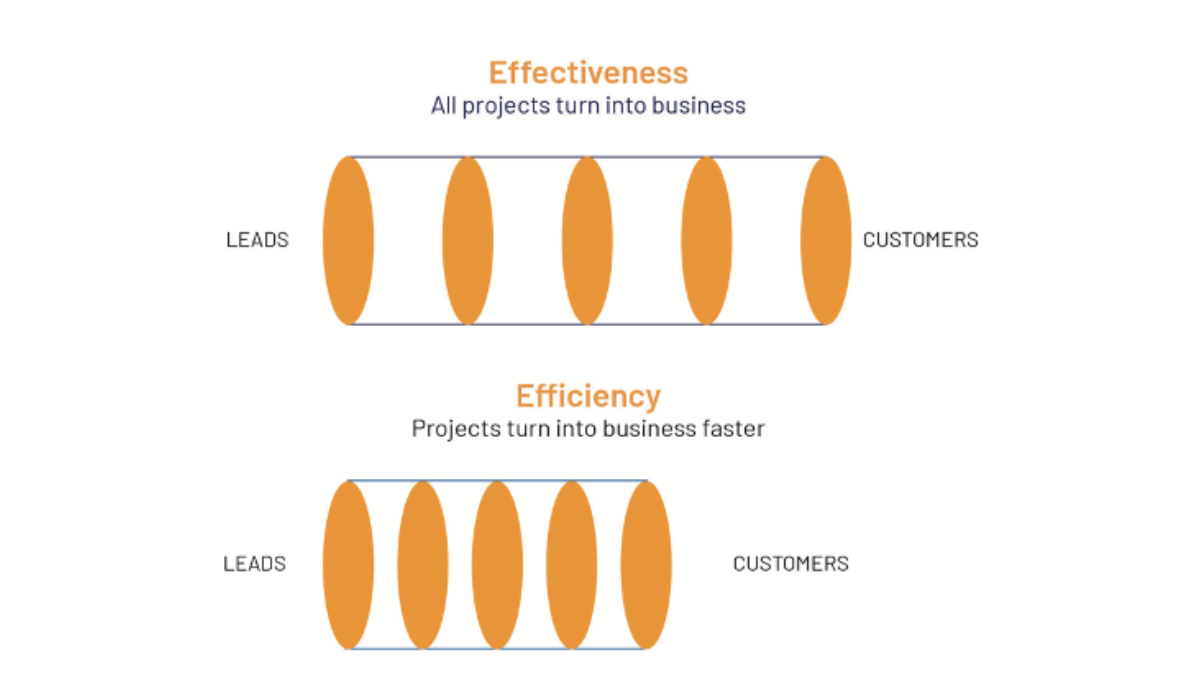Customer Pipeline Management
How to Convert a Potential Customer into a Client: Mastering Predictable Business Growth

Is your sales pipeline set up for success?
Many companies struggle with predictability in their sales process, impacting not just revenue but also trust with stakeholders. To build a truly healthy, profitable, and sustainable business, it’s crucial to align your Customer Pipeline Management system with how your customers want to buy—not just how you want to sell. Here’s how you can convert potential customers into loyal clients.
The Stages of an Effective Customer Pipeline
A well-structured customer pipeline reflects the customer’s buying journey. Each stage represents a step closer to conversion, allowing your sales team to provide the right support at the right time.
Typical Stages in the Pipeline:
- Raw Lead: A potential customer is identified but not yet engaged.
- Marketing: Creating awareness and interest.
- Qualification: Identifying the customer’s current needs and desired outcomes.
- Solution Design: Presenting tailored solutions.
- Decision: The soft buy, where the customer is ready to commit.
- Negotiation: Finalizing terms and conditions.
- Agreement: The customer closes the deal.
For existing customers, some stages can be skipped, focusing on deepening the relationship rather than starting from scratch.
Types of Pipelines: Are You Wasting Resources?
- The Expensive Pipeline: Sales teams lack the skills to qualify leads properly, wasting time and resources on deals that won’t close.
- The Normal Pipeline: A functioning system where sales reps listen to customer needs but miss deeper insights.
- The Ideal Pipeline: Sales professionals understand the customer’s true goals, allowing for early qualification of leads and optimal use of resources.
Moving from a Push to a Pull Strategy
Many companies operate with a push mindset, pushing sales targets down the line to the customer. Instead, aim for a pull approach, where your sales force listens, understands, and aligns with what the customer truly wants. This mindset shift creates a healthier, more realistic pipeline that accurately reflects your sales opportunities.

Building Your Ideal Pipeline
To develop an ideal pipeline, equip your sales team with the skills and tools to understand customers beyond surface-level needs. Train them to ask the right questions, gather high-quality data, and make informed decisions early in the sales process. This approach not only increases conversion rates but also strengthens long-term customer relationships.
Conclusion: Align Your Pipeline with Your Customer’s Journey
A well-managed customer pipeline isn’t just about tracking leads; it’s about understanding your customers’ buying journey and meeting them where they are. By shifting from a push to a pull strategy, and refining your pipeline stages, you can predictably grow your business and convert more potential customers into loyal clients.
Ready to optimize your sales pipeline?
Connect with us to learn how our Personal Selling Program (PSP) can empower your sales team to build an ideal pipeline that reflects true customer needs.
